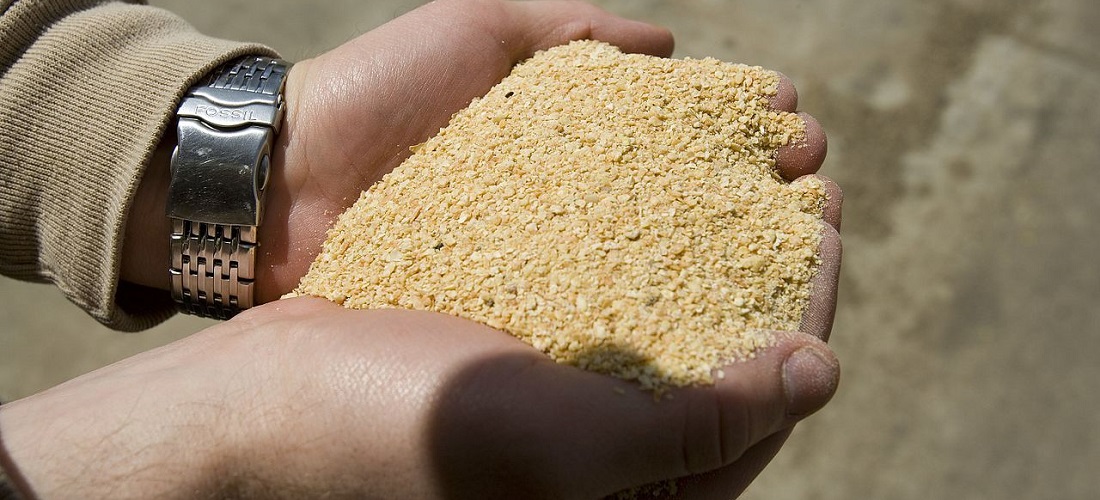
Soybean derivatives supply under pressure as Argentina, Brazil face headwinds
Jan, 10, 2023 Posted by Gabriel MalheirosWeek 202302
Weather vagaries that have hit soybean crop planting in Argentina, the world’s biggest exporter of soybean meal and oil, and the No. 2 supplier Brazil gearing up to raise its biodiesel blending mandate could squeeze global soybean derivatives supply in 2023, soybean oil and meal traders said.
Argentina and Brazil make up more than half of the world’s soybean oil and meal supply.
Market participants are worried that the US Department of Agriculture’s initial soybean crushing estimate of 39.75 million mt and production projection of 49.50 million mt for Argentina in marketing year 2022-23 (October-September) may be too high because the crushing could drop as the country faces severe La Niña-related weather impacts for the third straight year.
Current soybean season planting in Argentina has been progressing at a slower pace than MY 2021-22. Soybean planting was about 60.6% complete as of Dec. 21, 12.6 percentage points lower on the year, according to Rosario Grains Exchange, or BCR, data.
A lack of soil moisture and high temperatures have hampered field activities, the Buenos Aires Grain Exchange, or BAGE, said in a recent report.
Farmers are unclear about the pace of Argentina’s 2023 soybean sales following the government’s two successful rounds in 2022 of a special dollar exchange rate for the sales under the so-called ‘soy dollar’ program designed to boost exports and Argentinian Central Bank reserves.
See below the track record of the soybean and soymeal exports (hs 1201) from Argentina recorded between Jan 2019 and Nov 2022. The data is from DataLiner.
Argentina soybean and soymeal exports | Jan 2019 – Nov 2022 | TEUs
Source: DataLiner (click here to request a demo)
Brazil’s biodiesel boost
Brazilian domestic soybean oil demand is expected to surge in 2023 after the country’s Energy Policy National Council in November increased its biodiesel blending mandate to 15% from April 2023, from 10% currently, a move that will potentially pressure the country’s soybean oil exports, the traders said.
The USDA’s Foreign Agricultural Service in a Dec. 9 report raised its projection for Brazil’s domestic soybean oil consumption to 7.83 million mt in MY 2022-23, from 7.5 million in the previous year. The USDA’s estimate for Brazilian soybean crop production is at 152 million mt for MY 2022-23, or up 20% on the year, as the harvested area is on track to reach a record 42.90 million hectares.
“There’s a lot of interest in soybean oil globally given the vegetable oil shortage, so I would think that any increases in the [biodiesel] mandate can be considered supportive locally,” S&P Global Commodity Insights Head of Grains and Oilseeds Analytics Peter Meyer said.
Some Brazilian soybean derivative traders and crushers expect Brazilian MY 2022-23 soybean crushing volumes at a record high 51.8 million mt and up from 50.7 million mt in MY 2021-22, following attractive crushing margins in the prior year in the wake of increased soybean oil demand and supply disruptions in the vegetable oil sector led by reduced sunflower oil availability from the Black Sea due to the Russia-Ukraine war.
Brazil’s MY 2022-23 soybean oil exports may drop below 1 million mt because of a higher biodiesel blending mandate in 2023, compared with 2.40 million mt in MY 2021-22, according to the USDA.
Uncertain demand
Soybean oil demand from major purchasing destinations, such as China, India, and the EU, is expected to be moderate in 2023, the traders said.
Chinese purchases are expected to be sluggish due to COVID-19-related disruptions, but some traders expect buying to increase after the Lunar New Year.
“Chinese demand for soybean oil in 2023 can rebound after the opening of COVID lockdowns as the country imports and crushes most soybeans for local meal usage,” Tushar Agarwal, a New Delhi-based senior vegetable oil analyst said. “Due to a low crop output, China’s imports of raw soybeans and derivatives can increase, as for oil it can surge to 1 million-1.5 million mt. However, only hurdle remains deeply discounted prices of palm oil, which is preferred by traders in India as well.”
Meanwhile, the EU’s soybean oil imports have fallen after the implementation of the Black Sea Grain Initiative, which has led to the resumption of sunflower oil purchases by the trade bloc. The EU’s MY 2022-23 (July-June) soybean oil imports fell 15.2% on the year to 227,050 mt as of Dec. 18, European Commission data showed Dec. 20.
Source: S&P Global
To read the original reporting, please visit: https://www.spglobal.com/commodityinsights/en/market-insights/latest-news/agriculture/010423-soybean-derivatives-supply-under-pressure-in-2023-as-argentina-brazil-face-headwinds
-
Blog News (ENG)
Dec, 20, 2024
0
Subscribe to DatamarNews New Youtube Channel
-
Other Logistics
Jun, 05, 2019
0
ANTT approves tender process for highway
-
Jan, 03, 2022
0
Ningbo struggles with another Covid-19 outbreak
-
Ports and Terminals
Mar, 27, 2025
0
Vports begins dredging at the Port of Vitória

